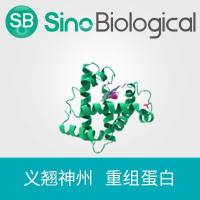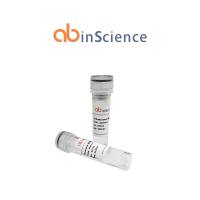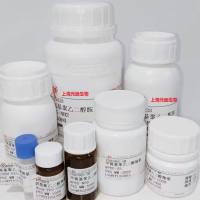The main barrier to cutaneous or transcutaneous drug and gene delivery is the impermeability of the stratum corneum (SC), the outermost layer of the skin (1 ). If the integrity of the SC is disrupted, the barrier to molecular transit may be greatly reduced. Cutaneous absorption can be increased by removal of the SC by tape-stripping or dermabrasion, by vehicle (solvent-carrier) optimization, or by the use of penetration enhancers like DMSO (dimethylsulfoxide), oleic acid, and alcohols (2 ,3 ). An electric field can also be used to enhance delivery. Disruption of the SC can be achieved by electroporation, which is the creation of penetration sites by an electric pulse. Ions and molecules move through induced gaps of the SC by diffusion and electromotive or electroosmotic transport (4 –6 ). Electroporation differs from iontophoresis, in which there is an increased migration of ions or charged molecules through the skin when an electrical potential gradient is applied. The primary transdermal route for iontophoresis seems to be appendageal or intercellular through preexisting pathways (5 ,7 ), or as a result of low-voltage (<5 V) induced permeabilization of appendageal bilayers (8 ). A third form of electroenhanced drug delivery, electrochemotherapy (9 ), refers to localized delivery of electric pulses across a tumor following systemic or intratumor drug administration, and usually does not involve cutaneous or transcutaneous delivery.






